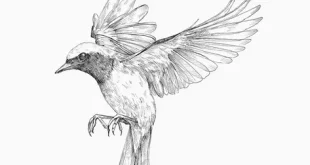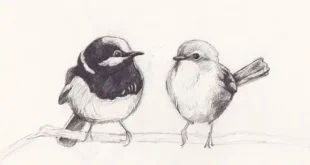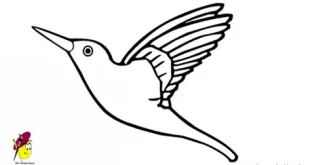A Black Kite bird Master of the Skies
The Black Kite bird (Milvus migrans), known locally in Pakistan as (Cheel), is one of the most fascinating and adaptable raptors inhabiting diverse ecosystems. These elegant Black Kite bird are widely distributed across Asia, Africa, Europe, and Australia, but they hold a particularly significant presence in Pakistan’s landscapes, ranging from bustling urban centers to serene riverbanks and farmlands. With their impressive flight techniques, scavenging habits, and symbolic roles in various cultures, Black Kites captivate bird enthusiasts and researchers alike.
1. Introduction to the Black Kite
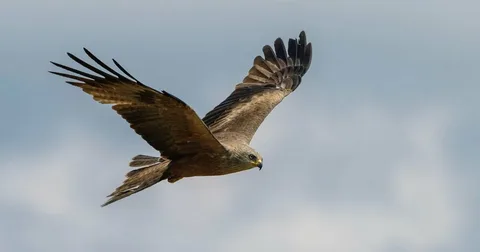
The Black Kite bird belongs to the family Accipitridae, which includes eagles, hawks, and buzzards. Unlike many birds of prey that rely primarily on hunting live quarry, the Black Kite is an opportunistic feeder, known for its scavenging abilities. Its body length ranges from 55 to 60 centimeters, with a wingspan that can stretch up to 150 centimeters, making it an agile and powerful flyer.
In Pakistan, Black Kites are often spotted soaring above cities like Karachi, Lahore, and Islamabad, gracefully circling high in the sky while scanning the ground for food. Their adaptability to human environments has made them one of the most common raptors in the region, symbolizing survival and resilience.
2. Physical Appearance and Unique Features
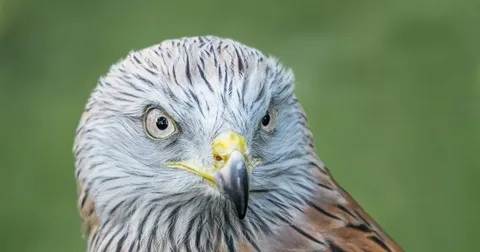
The Black Kite has a sleek and commanding appearance that sets it apart from other birds of prey. Its plumage is typically dark brown with lighter streaks, giving it an earthy tone that blends effortlessly into its surroundings. Its forked tail, though subtle compared to other kite species, aids in exceptional maneuverability during flight.
Key distinguishing features include:
- Sharp, hooked beak – ideal for tearing flesh.
- Powerful talons – designed to grip prey and scavenged material.
- Piercing yellowish eyes – providing extraordinary vision at great heights.
- Long, slender wings – allowing effortless gliding and sustained soaring.
Interestingly, despite being a scavenger, the Black Kite’s streamlined body and aerodynamics make it one of the most skilled aerial performers, capable of swift dives, sharp turns, and hovering glides.
3. Habitat and Distribution in Pakistan
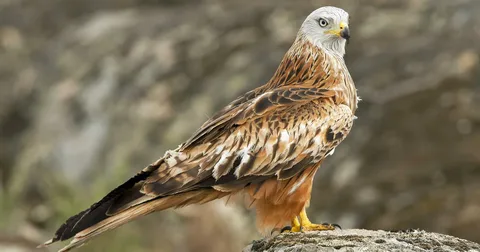
One of the reasons for the Black Kite’s widespread success is its remarkable ecological adaptability. In Pakistan, these birds are found across various regions, including:
- Urban environments: Cities like Lahore and Karachi provide abundant food sources in the form of discarded meat, fish markets, and slaughterhouse remains.
- Rural areas and farmlands: Open fields and agricultural landscapes attract Black Kites due to rodent populations and carrion availability.
- Wetlands and riverbanks: Areas along the Indus River are particularly rich feeding grounds, where fish and small amphibians are easily accessible.
- Mountainous terrains: The northern regions of Pakistan also host migratory Black Kites during certain seasons.
Their ability to thrive in both natural and human-dominated landscapes showcases their extraordinary survival instincts and flexible feeding habits.
4. Diet and Feeding Behavior
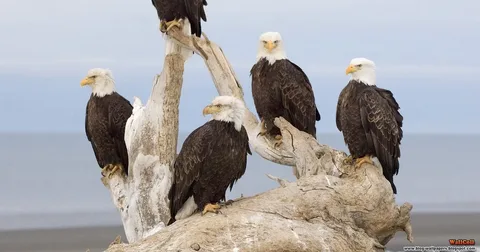
Unlike many raptors that are strict hunters, the Black Kite has evolved into an opportunistic scavenger, making it an important component of Pakistan’s ecological balance. Their diet primarily includes:
- Carrion and waste: Discarded food scraps, fish remains, and slaughterhouse byproducts.
- Small animals: Rodents, reptiles, amphibians, and insects.
- Fish and aquatic prey: Commonly hunted around lakes, rivers, and wetlands.
- Urban resources: Leftover human food from markets, landfills, and residential areas.
An intriguing aspect of their behavior is their skillful mid-air food snatching. Black Kites are known to swoop down, seize food, and ascend back into the sky without ever landing. In cities, they are often observed circling above garbage dumps or following fishing boats, highlighting their intelligent adaptation to human activities.
5. Cultural and Ecological Importance
In Pakistan, the Black Kite plays a dual role—both cultural and ecological.
Cultural Significance
In several South Asian traditions, Black Kites are associated with spirituality and symbolism. In urban centers, it is common to see people feeding kites as an act of charity, especially on Fridays, believing it brings good fortune and protection from evil.
Ecological Contribution
From an ecological perspective, Black Kites serve as natural cleaners of the environment. By feeding on carrion and organic waste, they help prevent the spread of disease and maintain ecosystem health. Without scavengers like the Black Kite, urban areas would face severe sanitation challenges, as organic waste would accumulate rapidly.
6. Threats, Conservation, and Future Outlook Black Kite bird
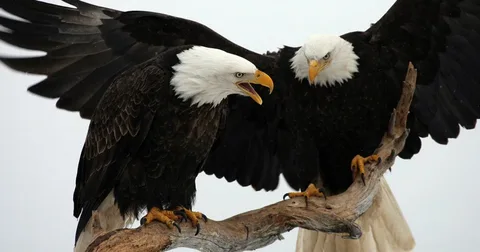
Despite their adaptability, Black Kites face numerous challenges in Pakistan and beyond:
- Habitat degradation: Rapid urbanization reduces natural foraging grounds.
- Pollution and poisoning: Consumption of contaminated food waste affects their health.
- Electrocution: Overhead power lines and poorly insulated transformers pose significant hazards.
- Declining prey populations: Pesticide use in agriculture indirectly affects their diet.
Currently, the Black Kite is listed as Least Concern by the IUCN, but localized populations face stress due to shrinking habitats and polluted environments. Conservation efforts in Pakistan should focus on:
- Waste management improvements to ensure cleaner, safer food sources.
- Awareness campaigns highlighting their ecological role.
- Protection of wetlands and river ecosystems that support their food chains.
By safeguarding their habitats and food sources, Pakistan can ensure that these magnificent birds continue soaring above our landscapes for generations to come.
Conclusion
The Black Kite embodies adaptability, survival, and balance. Its seamless integration into Pakistan’s cities, farmlands, and wetlands is a testament to its intelligence and resilience. Beyond its striking aerial displays, the Black Kite serves as a vital ecological guardian, maintaining cleanliness and reducing organic waste through scavenging.
However, its future depends on human responsibility. Protecting the Black Kite means protecting our shared environment. Through improved waste management, pollution control, and habitat preservation, we can ensure that these remarkable raptors continue to grace our skies with their effortless flight and enduring spirit.
 Birds Drawing Birds Drawing
Birds Drawing Birds Drawing

